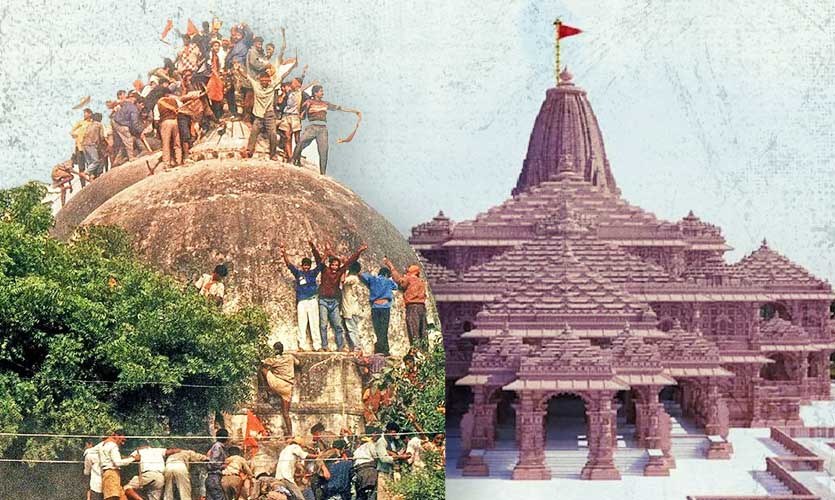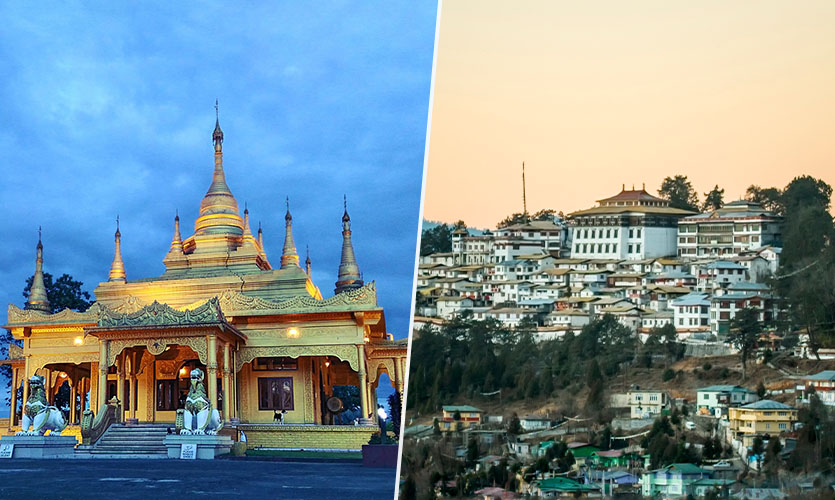A longstanding controversy between two conflicting religious groups became an unprecedented scene of violence across India, when Hindu fundamentalists under the banner of the Vishwa Hindu Parishad (VHP), said to be supported by the Bharatiya Janata Party (BJP) and the Rashtriya Swayamsevak Sangh, demolished the Babri Masjid in Ayodhya on December 6, 1992.
The demolition, which was one of the most well-planned events in the history of independent India, led to nationwide riots and deaths of more than 2,000 people.
The conflict between Hindus and Muslims in Uttar Pradesh’s Ayodhya began soon after the BJP included the prospect of building the Ram Janmabhoomi temple in its manifesto in 1989. Following this, a rathyatra travelling across the country culminated in the demolition of the Babri Masjid.
The demolition of the Babri Masjid changed the nature of national politics, giving a huge benefit to the BJP, but it could not discipline the frenzied crowd.
The legal conflict over the issue ended in 2019, with a five-judge Constitution Bench led by Chief Justice of India Ranjan Gogoi closing the case. The apex court finally ensured closure, ruling in favour of building a temple at the disputed site, but also acknowledging that the demolition of the mosque was a crime and asking that land for a new mosque be provided elsewhere in Ayodhya.
As construction for the Ram Mandir continues, with its completion expected by December 2024, the state’s Yogi Adityanath government is developing other infrastructure in the city. According to local reports, 30 years later, the state government is developing other infrastructure in the city along with the Ram Janmabhoomi temple, at the cost of the environment and a lot of anger among local traders. Reportedly, hundreds of shops and temples have been destroyed in the name of the expansion of the famous Hanuman Garhi Mandir.
Following the instructions of Chief Minister Yogi Adityanath, hundreds of years old buildings are being demolished as part of the revamp, from Sahadatganj to Naya Ghat, to Ram Path in Ayodhya. Authorities are planning to develop the 13 kms main road from Naya Ghat to Sahadatganj as a four-lane.
According to local residents, there are more than one dozen temples adjacent to the main road, and if broken, the history of their form will also end. Apart from this, action is being taken to demolish more than 700 shops, and a plan to renovate these buildings has also been made by the Ayodhya Development Authority.
Ayodhya, one of the most famous cities for pilgrimage for Hindus, is an ancient city of monastery temples and buildings that are supposed to be centuries old. Meanwhile, the state government has prepared a road widening plan for the construction of the Ram temple and the increase expected in the footfall of devotees arriving.
The Ram Janmabhoomi Bhakti Path from Hanuman Garhi, Ram Janmabhoomi Path from Sugriva Fort and the road from Naya Ghat to Sahadatganj will be constructed as Ram Path, whilst affecting a large number of ancient buildings that have also been part of the Hindu heritage.
Read more: Centre Asks Apex Court To Define Powers Of The NCT Delhi Government










